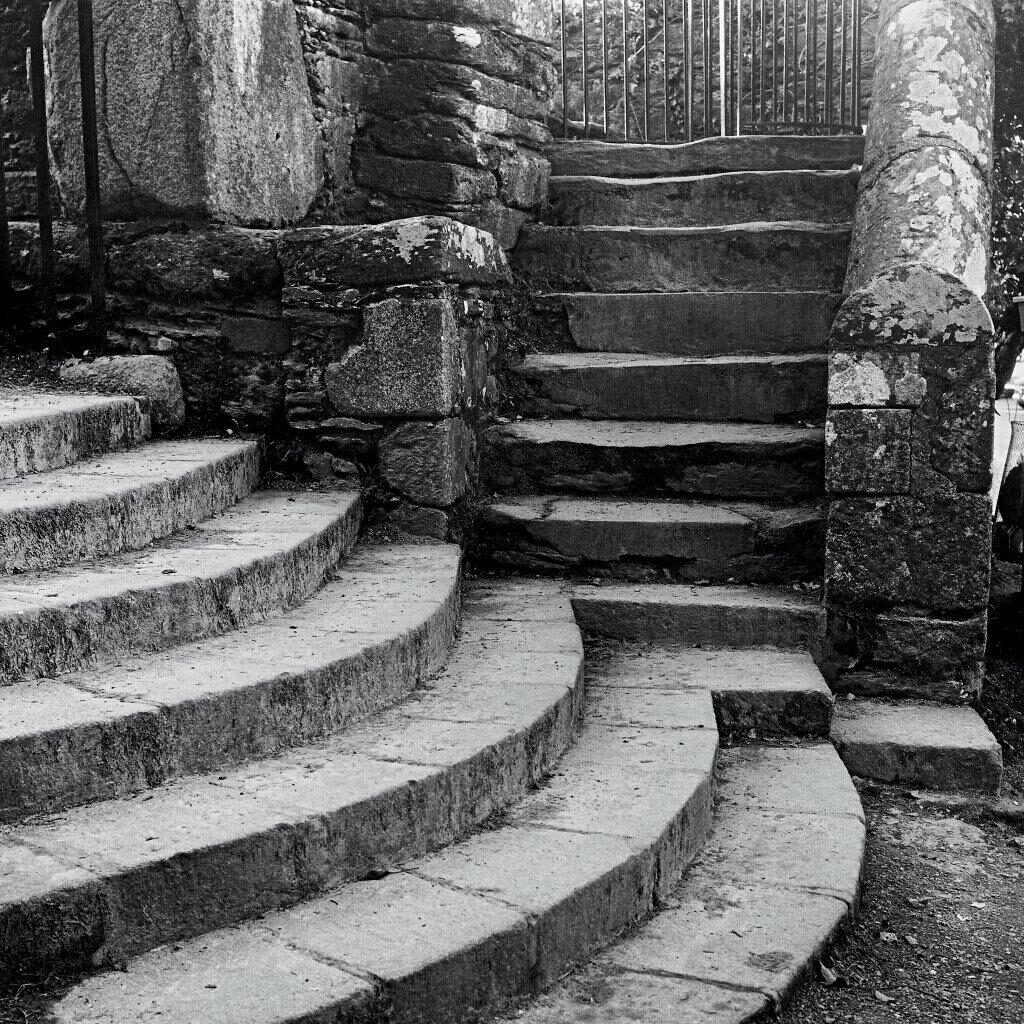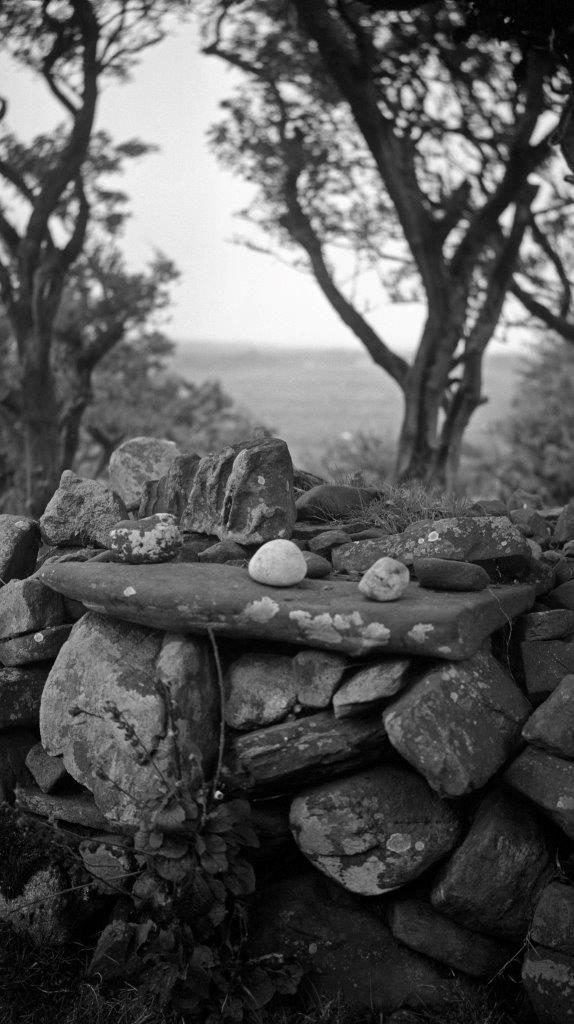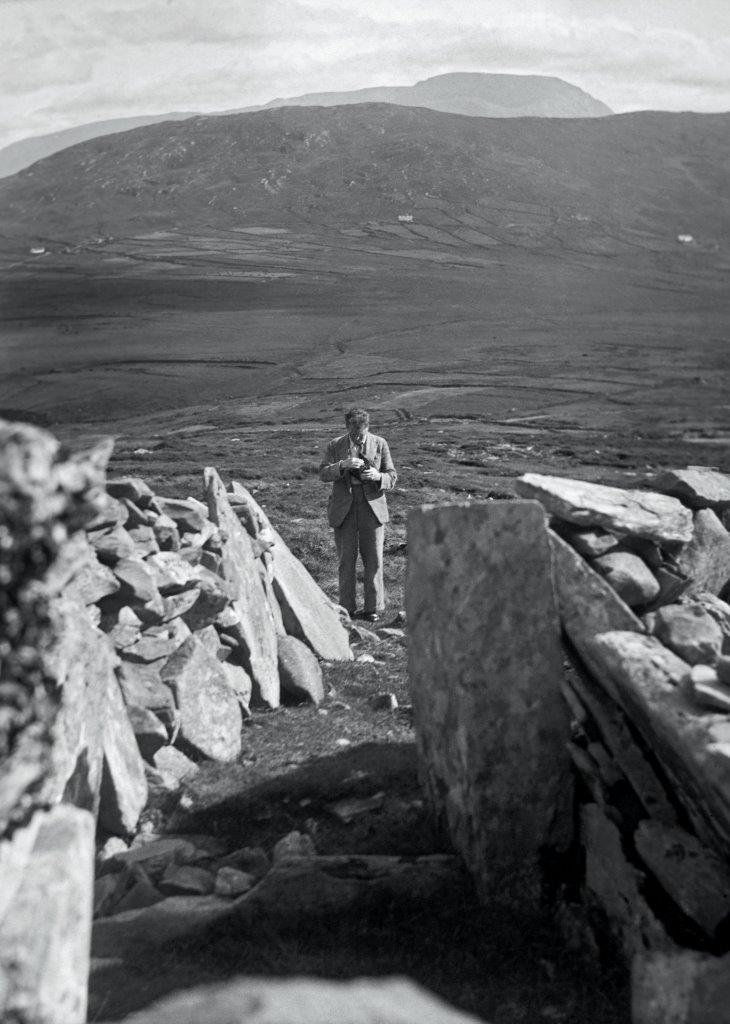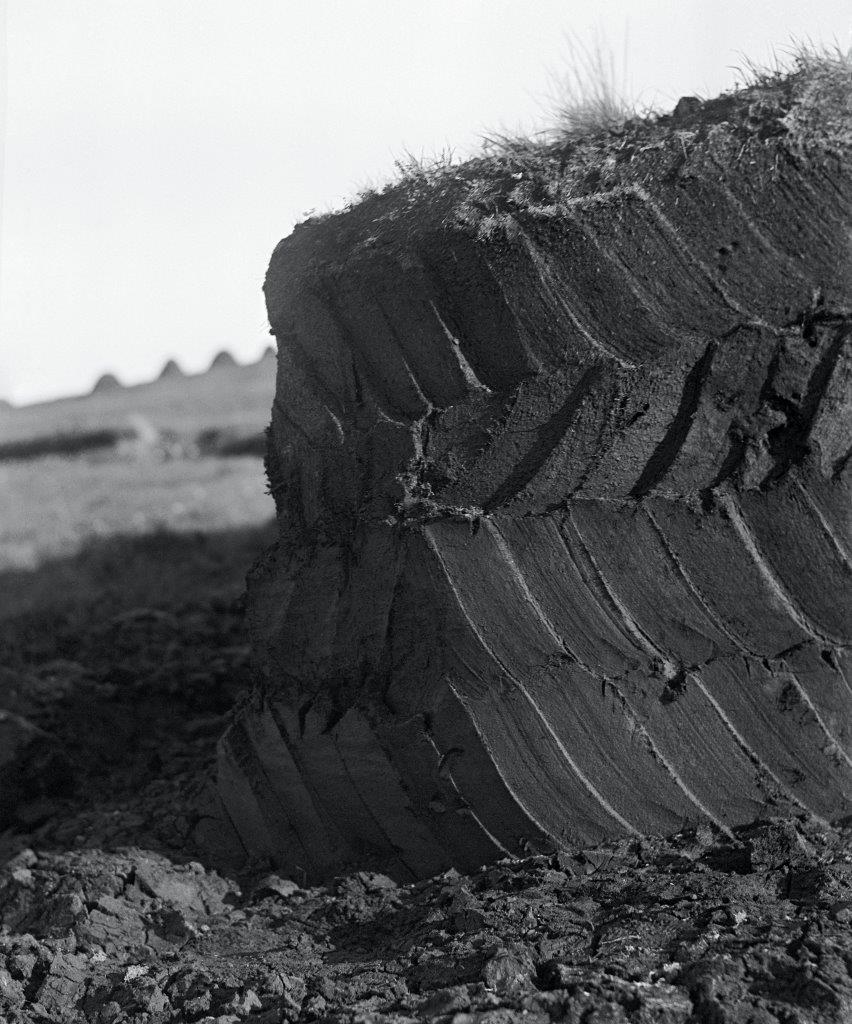This haunting image with its ominous, brooding clouds evokes the tragic local tale of the Famine Walk from Louisburgh to Delphi Lodge where the unsympathetic Famine relief officer was visiting. On a cold winter morning in March 1849, hundreds of impoverished, starving, Irish tenant farmers and their families struggled along this desolate road beside Doolough Lake. They arrived in time for their appointed 7.a.m. meeting with the relief official to seek confirmation that they could remain on the outdoor relief roll. The tenants were refused aid. Desperate farmers attempted the tortuous 16-mile journey home. Some of the starving people died en route. The Native American Choctaw tribe had heard of Ireland’s Great Hunger. Just 16 years after the start of the brutal Trail of Tears, members of the Choctaw tribe sacrificed to send financial aid to the Irish people. There is still a deep allegiance between the Irish and Native American peoples. The Irish are honored that members of the Choctaw Nation join in the annual Doolough Famine Walk to commemorate both peoples’ ancestors and reaffirm the Nations’ abiding bond.
|








